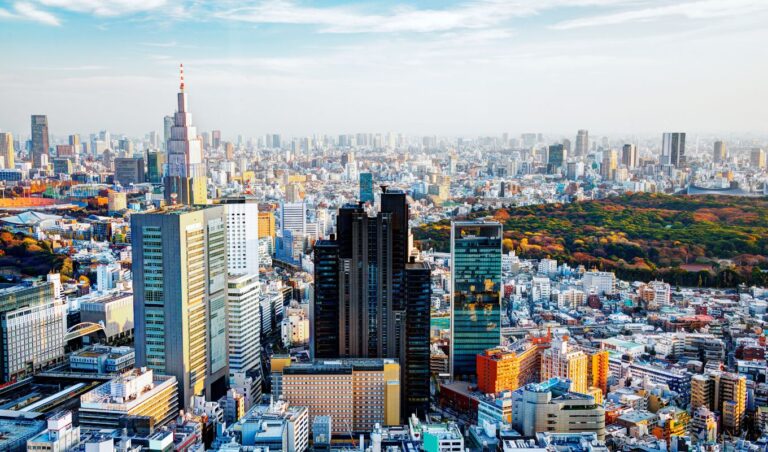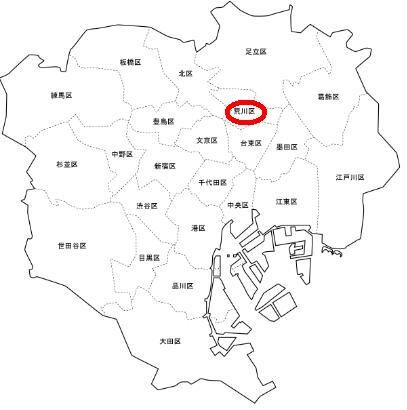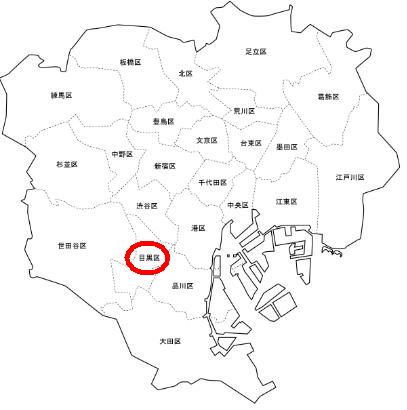
Ota Ward is located in the southernmost part of Tokyo and has expanded its area by reclaiming Tokyo Bay, and is home to Haneda Airport, logistics hubs and industrial parks. There is also a bird park and a seaside park.
The origin of the name “Ota-ku” is said to be that in 1947, when the then Omori Ward incorporated Kamata Ward, the name was changed to “O” of Omori Ward and “Ta” of Kamata Ward, thus becoming Ota Ward.
Heiwa no Mori Park
2-1 Heiwanomori Park, Ota-ku, Tokyo
Heiwanomori Park is a 10-minute walk from Heiwajima Station on the Keikyu Line. Heiwanomori Park stretches across Loop Route 7 and has 45 kinds of playground equipment and historical sites such as excavation of shell mounds, ferry of Haneda, Rokugo Water Passage, and crossing of old Nakahara Highway in the site of 6,500 square meters. Nearby Heiwanomori Park are Heiwajima Park Swimming Pool, Omori Nori no Furusato Kan and Omori Furusato no Hamabe Park, making it an area where visitors can enjoy themselves all day long. garden
Ikegami Plum Garden
2-1 Heiwanomori Park, Ota-ku, Tokyo
Ikegami Plum Garden, famous for its plum blossoms, is a quiet garden utilizing the slope of a hill. The garden has about 370 plum trees (150 white plum trees and 22 red plum trees), the district’s flower, and about 800 azalea plants. The garden has about 370 plum trees (150 white plum trees and 22 red plum trees) and about 800 azalea plants. In the garden, there is a suikinkutsu (water fountain) and the remains of the former residence of Ito Shinsui, famous for his beautiful paintings.
Saigo Takamori Rukonhi and the Tomb of Katsu Kaishu
Senzoku Pond Park, 14-5, Minami Senzoku 2-chome, Ota-ku, Tokyo
One of the three ships of the Tokugawa shogunate, Katsu Kaishu, mourned the death of Saigo Takamori and built the Saigotakamori Rukonhi (Memorial to the Souls of Saigo Takamori). Senzoku Park is located on the site of Senzoku-ken, the villa of Katsu Kaishu, and his grave is there according to his last will and testament. Ryukon was taken from a poem Saigo Takamori wrote on Okinoerabu Island, “Ganbaku ba kokoro ha kokoro wo tsukemashita to kojo wo mamoru” (“Let us keep our souls and protect the castle”).
Shiro Ozaki Memorial Hall
1-36-26 Sanno, Ota-ku, Tokyo
The Shiro Ozaki Memorial Hall is a memorial hall where the house where Shiro Ozaki, famous for his “Theatre of Life”, lived and his belongings are exhibited. The library, drawing room, and study have been restored and are open to the public, as well as his extensive library of books and manuscripts, and many of his favorite furnishings. Shiro Ozaki’s works include historical novels and full-length novels on sumo wrestling, for which he was awarded the title of Person of Cultural Merit.






